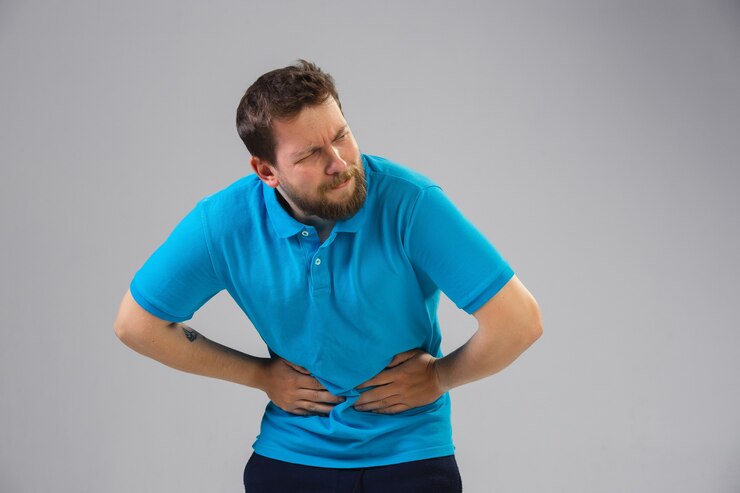
Hemorrhoids, often described as varicose veins of the anus and rectum, are a common medical condition that affects millions of people worldwide. These swollen and inflamed blood vessels in the lower rectum and anus can cause discomfort, pain, itching, and sometimes bleeding. Understanding hemorrhoids as varicose veins helps shed light on their nature, causes, symptoms, and treatment options.
Understanding Hemorrhoids as Varicose Veins
What are Hemorrhoids?
Hemorrhoids are swollen veins in the lowest part of the rectum and anus that become inflamed due to increased pressure. There are two main types of hemorrhoids:
- Internal Hemorrhoids: Located inside the rectum, they are typically painless but can cause bleeding.
- External Hemorrhoids: Found under the skin around the anus, these can be painful and may cause itching or discomfort.
Similarities with Varicose Veins
Varicose veins and hemorrhoids share several similarities:
- Vein Enlargement: Both conditions involve swollen and enlarged blood vessels.
- Blood Flow Issues: They occur due to poor blood flow and increased pressure within the veins.
- Location: Varicose veins primarily affect the legs, while hemorrhoids affect the rectum and anus.
Causes of Hemorrhoids
Several factors contribute to the development of hemorrhoids, including:
- Straining During Bowel Movements: Chronic constipation or diarrhea can lead to increased pressure on veins in the rectal area.
- Pregnancy: Hormonal changes and increased abdominal pressure during pregnancy can cause hemorrhoids.
- Obesity: Excess weight can contribute to increased pressure on veins in the pelvic and rectal area.
- Sitting or Standing for Prolonged Periods: Sedentary lifestyles or occupations that require prolonged sitting or standing may increase the risk.
Symptoms of Hemorrhoids
Common symptoms of hemorrhoids include:
- Pain or Discomfort: Especially during bowel movements or when sitting.
- Itching or Irritation: Around the anus.
- Bleeding: Bright red blood on toilet paper or in the toilet bowl after a bowel movement.
- Swelling: Around the anus.
Treatment Options
Treatment for hemorrhoids often depends on the severity and symptoms:
- Home Remedies: Including over-the-counter creams, ointments, or suppositories to relieve symptoms like itching and inflammation.
- Lifestyle Changes: Eating a high-fiber diet, staying hydrated, and avoiding straining during bowel movements.
- Medical Procedures: In severe cases, medical interventions such as rubber band ligation, sclerotherapy, or surgery may be necessary.
Prevention Tips
To prevent hemorrhoids or reduce their recurrence:
- Maintain Good Hygiene: Keep the anal area clean and dry after bowel movements.
- Stay Hydrated: Drink plenty of water to keep stools soft and prevent constipation.
- Exercise Regularly: Physical activity promotes regular bowel movements and improves circulation.
- Avoid Straining: Use the restroom when you feel the urge and avoid prolonged sitting on the toilet.
When to Seek Medical Advice
While hemorrhoids are generally manageable with home care and lifestyle changes, consult a healthcare provider if:
- Symptoms persist despite home treatment.
- There is severe pain, bleeding, or signs of infection.
- You have rectal bleeding for the first time.
Conclusion
Understanding hemorrhoids as varicose veins of the anus and rectum helps demystify this common condition and underscores the importance of preventive measures and timely treatment. By addressing risk factors, adopting healthy habits, and seeking medical advice when needed, individuals can manage hemorrhoids effectively and improve their quality of life.
Hemorrhoids, akin to varicose veins, are a prevalent condition affecting many, characterized by swollen and inflamed blood vessels around the anus and rectum. Understanding their causes, symptoms, treatments, and preventive measures empowers individuals to manage and alleviate discomfort effectively.

